-
Posts
13 -
Joined
-
Last visited
Content Type
Forums
Gallery
Store
Posts posted by henrirapp
-
-
Quote
A common misconception is that Timecode and Sync are the same thing, they are not, timecode is only a metadata identifier. Consider this common scenario that editors deal with regularly; On a production such as a comedy special, concert, or reality TV show, etc, you have multiple cameras and separate sound recording gear that records without cutting for long periods. You align all your audio and video files at their start points in your NLE software, but while it starts playing back in sync as you proceed down the timeline they slowly lose synchronization and by the end of the timeline it’s all gone wrong (often by several seconds in any direction). Even with timecode hardwired and aligned starts, how can they be noticeably out of sync by the end?
That’s because timecode doesn’t lock a camera or audio recorder’s clock to one another but acts as a metadata reference point for how to stamp the first frame when you start recording. Once you hit record on any device it relies on it’s own internal clock to govern frame rates and define what time is. Each device’s clock has small differences compared to one another, and over time these differences add up and are experienced in the form of drift. It might not be noticed on relatively short takes (like in the narrative world), but since it’s a cumulative effect any take that lasts 30-40 minutes or longer could start to noticeably lose sync. To prevent this scenario from occurring, every clock on set needs to be slaved to one central master clock source generating Timecode, Genlock, and Wordclock for everything.
Watch Full Video or read companion article at: https://henrirapp.com/sync-for-video-production/
-
On 2/29/2020 at 10:02 PM, BAB414 said:
If I did what the guy in that picture did, the costumers would look at me like I'm crazy. I get away with B6's behind big buttons, but the mic in that picture is bigger than the button it's hiding behind.
On 3/1/2020 at 10:44 AM, BAB414 said:You are correct. But even the final picture would never fly on any show I've worked on. If you can see it at all, it's a no-go.
Yeah, might not be the best technique for narrative productions, unless you are using something like a black lav on a black shirt, etc. I'd say its really more of a technique I employ on documentary productions. Sometime its the best option, sometimes it isn't. Just have to use common sense and your best judgment to when it is appropriate.
-
Recording Sound for a Short Film or Indie Films
Recording quality audio for a narrative production, whether a short film or feature length movie, has a lot of challenges. No matter what budget or production scale you are working at from indie short films to fully funded feature films, a lot of principles carry over and can be applied and adapted. A lot of it comes down to preparing for the shoot, having the gear & experience to best utilize it, communicating with other departments, and using critical thinking & creative problem solving. Audio is one of the most immersive parts of the films we all love to watch, and it all starts with the production sound.
Read Full Article Here: https://henrirapp.com/recording-sound-for-films/
-
On 2/19/2020 at 9:52 AM, Brain89 said:
Yes. Forgive me I am new. For a commercial 500 for me and 200 for gear what should have been charged?
664 4 lavs 1 boom and comtek
For what you are offering there you should be able to get $650/10 for labor & for that gear package it's easily worth $550/day (broken down as $350 for base kit [recorder, 1 boom, 2 wireless], an additional $150 for the two additional lavs, and $50 for the one comtek).
At that $700 you are unfortunately being taken advatage of. -
I think it depends on needs and and I anticipate myself cutting back in coming years as I will soon be at a point where unless I get a very large scale job I won't need to rent ever....as it is most gigs I still don't have a need to rent gear. For the last several years I've been averaging $10k-15k per year in new equipment. 2019 I hit $22k in new gear acquisitions. Again depends on what you need and how much work you have.
-
Quote
Rigging a lavalier with the capsule popping out from just behind a button is one of my favorite lav micing techniques. Because the capsule is actually exposed, it has virtually no clothing noise and a much more natural and open sound. This strength also leads to this technique's biggest downside; since the capsule is exposed and has no wind protection so it can easily suffer from wind noise. This makes it really only useful if talent will be indoors the whole time. This is my preferred technique anytime talent is wearing a button down shirt indoors
Read Full Article at: https://henrirapp.com/lavalier-technique-buttonhole-rig/
-
Here is an article about using a paperclip as a lav spacer:
https://wavreport.com/2020/02/15/paperclip-lav-technique/
Another that works great for shirts with buttons (My favorite technique) is to poke the capsule of the mic just out behind the button itself. Here is a photo: -
16 hours ago, Olle Sjostrom said:
But.. In the photo of your post are safety pins? Wouldn't use that as a spacer. Paper clips are fine.
On a documentary I did a few years back I used undercovers wrapped around like a burrito (It created a sort of cone in the end) on the lavs (dpa4060), and then I mounted the lavs upside down on the subjects. Worked great on t-shirts. I wanted a non stiff solution to a quick mount.
I'll see if I can find an image
Here's one.
Whoa! That's a technique I've never heard of or even considered! I'll have to try and employ it sometime!
Yeah....it's a mix of safety pins and paperclips....guess I was on the lower side of paperclips vs safety pins. I keep both in a film container in my kit.
-
Using A Paperclip To Create An Air Pocket Around A Lavalier Capsule
QuoteWritten by Henri Rapp
Arguably one of the biggest learning curves there is in the knowledge base required as a sound recordist is the art of lav placement. They are an essential part of modern production workflows to allow quality audio in scenarios such as extreme wides or scenes with unpredictable dialog from multiple talent. That being said there are a lot of challenges that come with lavaliers as well, including clothing rustle or muffled sound due to being buried in heavy clothing. I’ve had excellent experiences using a paperclip as a spacer to create an air gap while mounting lavaliers under clothing to minimize rustle induced by movement. While there are commercial products available that achieve a similar thing, this cheap and readily available expendable works great. It is my absolute goto technique when micing people wearing sweaters, jackets, heavy shirts, and more.
Read Full Article At:
-
There is something to be said of resale value. Oktavas aren’t going to hold their value, high end mics will.
-
I own a pair of Joly modded Oktavas, DPAs, Neumanns, and have used Sennheiser mics extensively. No experience with Audix or Audio Technica.
All great sounding mics. I will say that a lot of the so called “issues” people claim with MK012s I have never had issues with. No RF problems ever, even when connected to wireless plug on. Handling noise and wind can be solved with a good shock mount and wind protection, and quality poor. If you use budget accessories you’ll get budget results. Shock mounts and wind protection isn’t a good place to cheep out.
The Joly modded Oktavas sounds night and day better then unmodded MK012s. That being said my modded ones hold their own with mics several times their pice, like DPAs and Neumanns, and personality like them better then most sennheiser mics I’ve used. The noise floor is surprisingly low on them as well.
Ultimately mics are not a one size fits all for everyone’s voice. The same mic that sounds full, big, and smooth on one person’s voice may sound harsh and thin on another person. Choose based on the situation.
Are there better mics? Absolutely! Are they bad mics? Absolutely not, they don’t have the hype that top tier brands but that doesn’t make them bad mics. With top tier brands like Schoeps, DPA, Neumann, etc a lot of what you are paying for is build quality (longevity) and consistency of all of their mics performing under the most demanding circumstances.



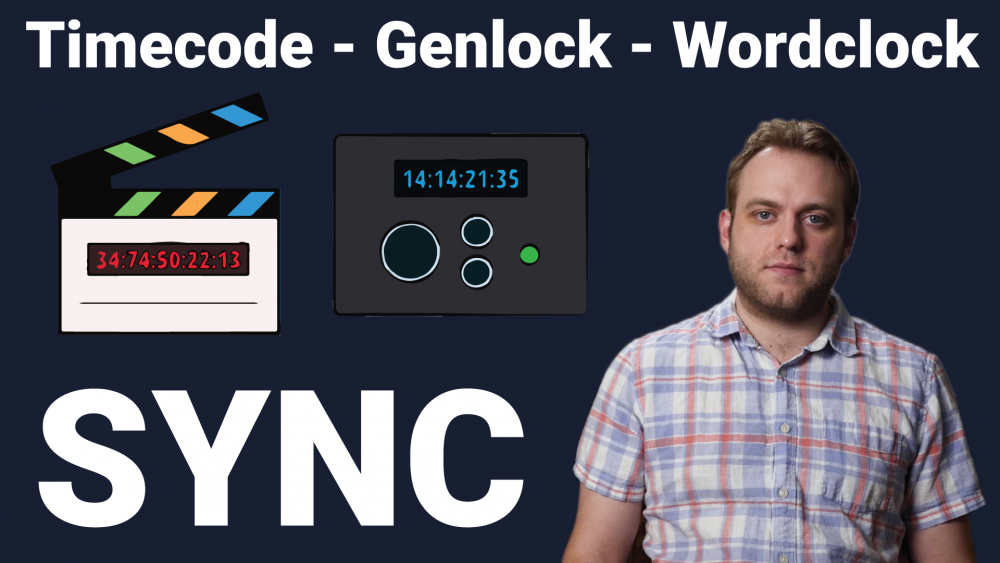
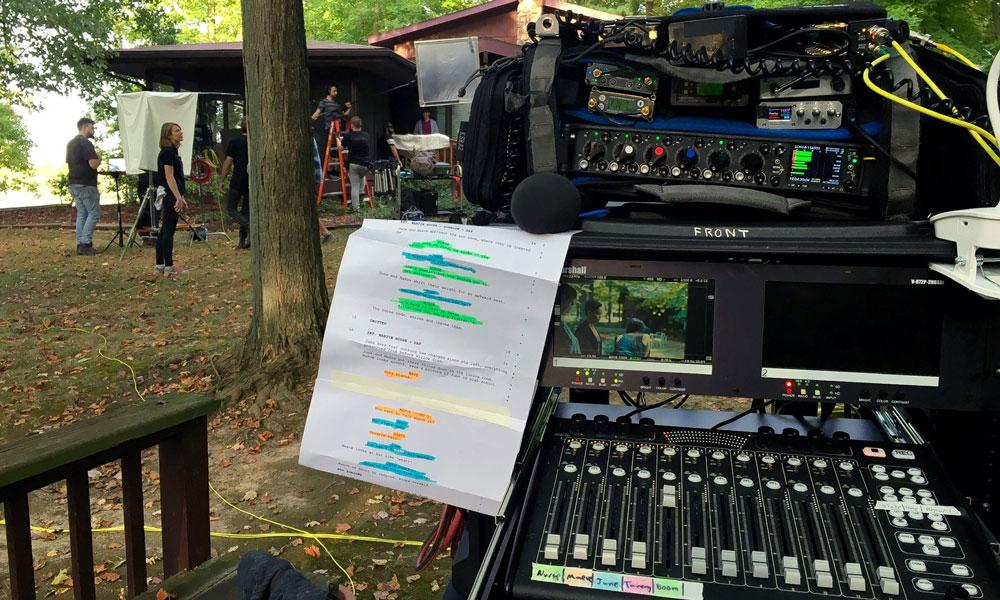
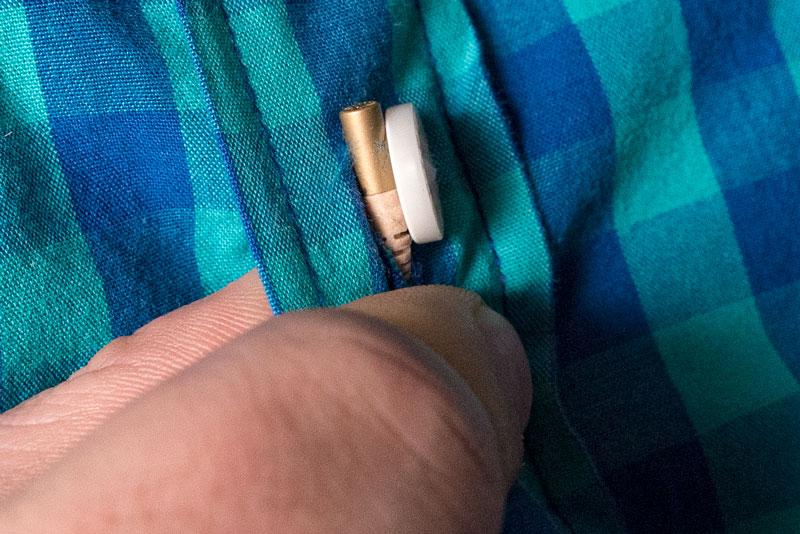
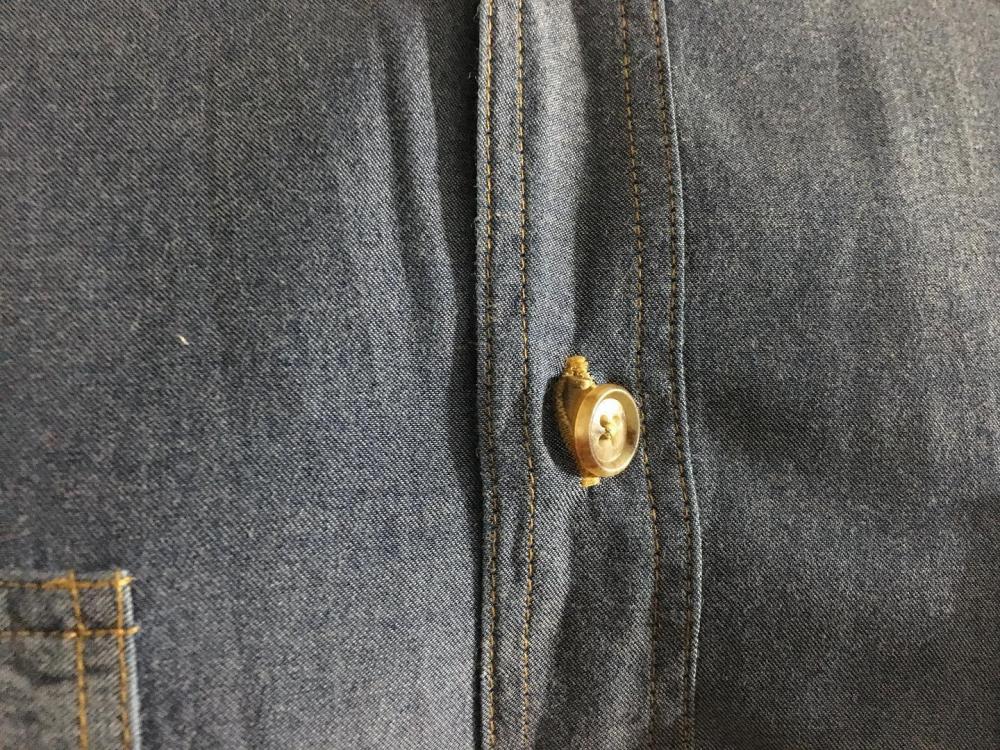
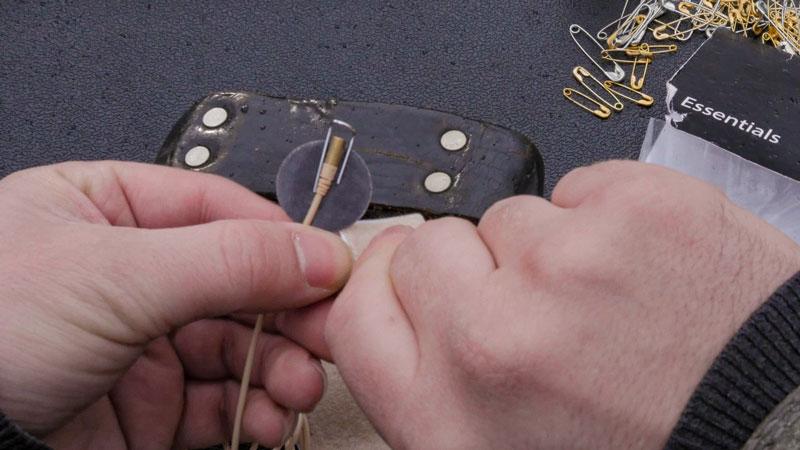
Pay, Compensation & Rental Rates
in General Discussion
Posted
Hey Larry! I always think people having transparent rate discussions is always a good thing, it benefits the industry at large and not discussing rates only serves to help producers keep costs down at our sacrifice. I've been having some similar conversations with steadicam ops and gaffers I know, just for an additional reference point. Ultimately my goal is to provide a premium service and to run an effective business that doesn't cut corners for my clients but in order to do that I don't just need to personally make a living but my business needs to turn a profit too. I feel I charge in way that's fair to both me and my clients.
For reference I'm based in Cleveland and mostly live in the commercial, documentary, and corporate world, but occasionally do narrative projects or oddballs.
My current rates (plan to raise in 2023) are $750/10 ($900/10 if union commercial) and equipment varies based on the shoot here is a list of what I currently charge for equipment:
Mixer/Recorder: $175/each/day
Booms w/ Mics: $75/each/day
Wireless Booms: $125/each/day
Wireless Lavs: $75/each/day
Camera Hops: $75/each/day
IFBs: $50/each/day
Timecode: $50/each/day
Slate: $75/each/day
It's really all over the place as far as jobs total cost but I have two jobs this coming week.
Job 1: Regional commercial with me and my boom op both making $750/10 for labor and an equipment package of 1 recorder/mixer, 1 wireless boom, 5 wireless lavs, 5 IFBs. 3 sync boxes, 1 camera hop, & 1 slate which is $1225 for the day in gear which puts the total at $2725 for the day - $750 for my boom op = $1975 total take home
Job 2: Testimonial video at cyc studio on 3 cameras. $750/10 for labor and an equipment package of 1 recorder/mixer, 1 boom, 1 lav, 3 timecode boxes, 1 slate, 8 IFBs, & hardwire mixes. which is $950 which puts the total for the day at $1700 equipment and labor combined.
I keep my rates publicly listed on my website that dictates both my rates and terms that I send to every client when negotiating:
https://henrirapp.com/sound-mixer-rates/